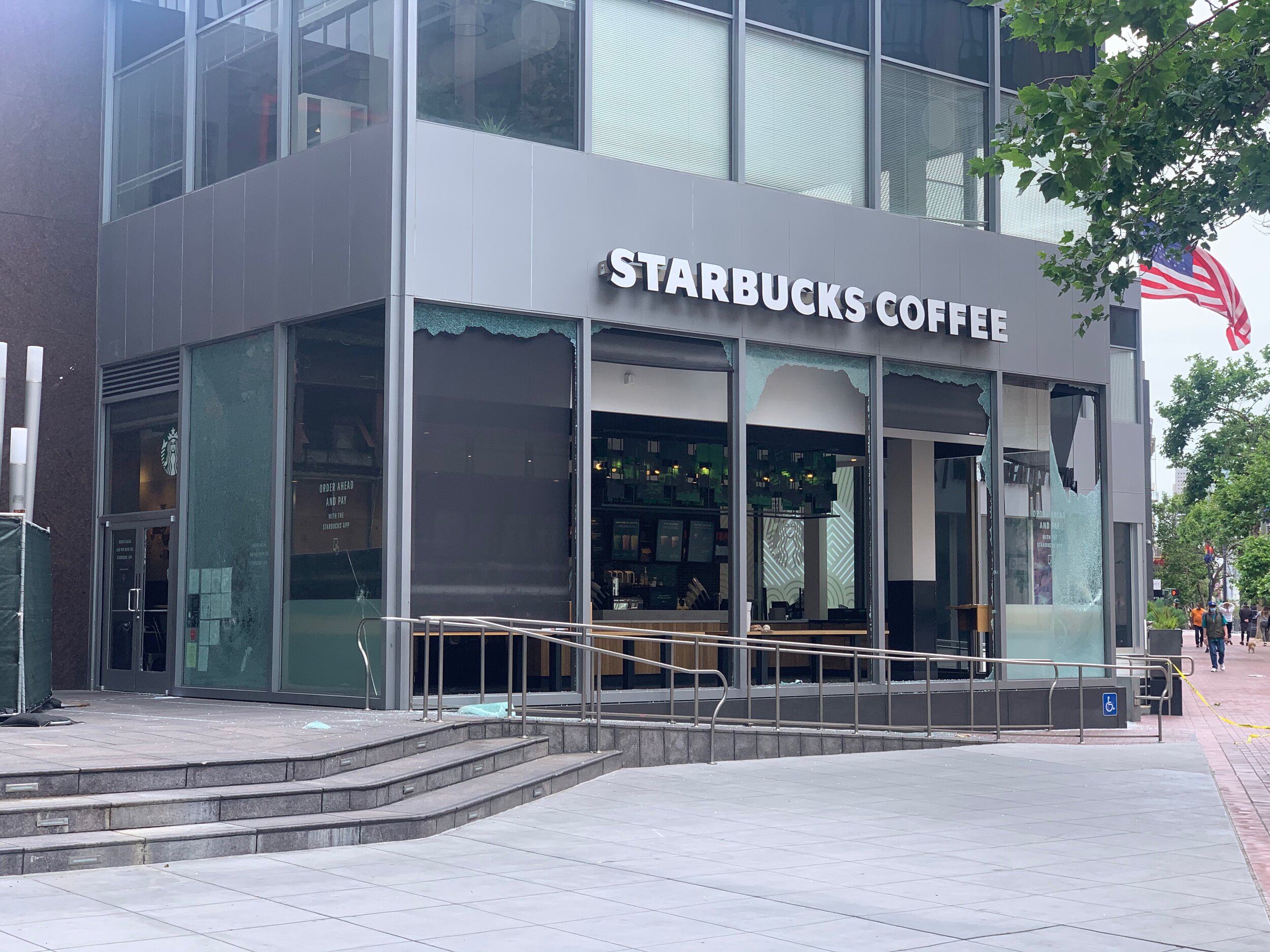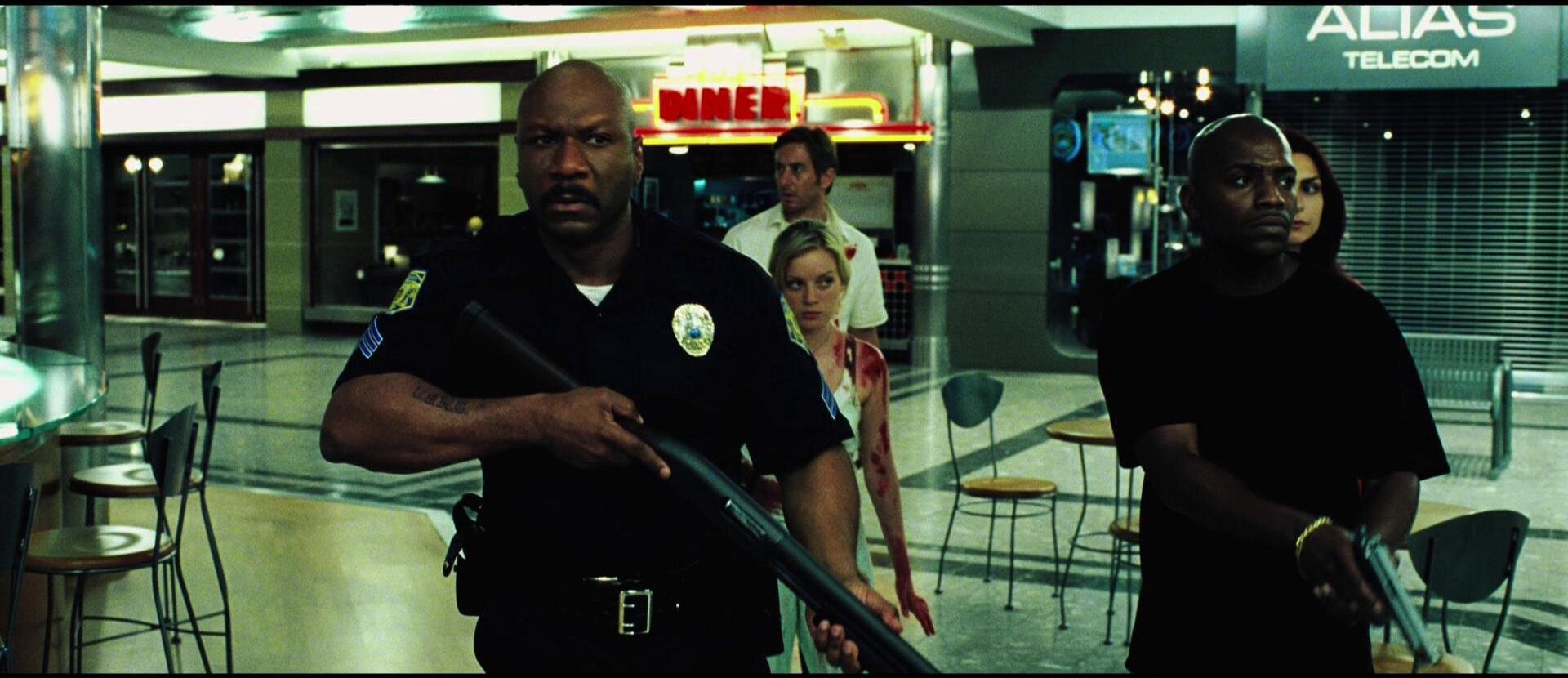As we enter a period of peak TV and social media saturation, there is a growing amount of content being made and shared in an ever expanding number of ways. This content surge also applies to what would be classically known as the news industry, as well as a variety of budding blog spaces and internet sites that self identify as distributors of news. A common confirmation bias towards people's own beliefs leads many to very selective and isolated areas of exposure and perspective to the outside world. It can be all too easy to fall complacent in one's own bubble of reinforcing sources.
Confounding the problem is the way entertainment value, sensationalism and viral potential greatly influence the content going into people's streams of information. A sensationalist headline or cynical image is more likely to be shared and seen in front of more sets of eyeballs. The cover of TIME magazine this week asks "Is Truth Dead?" with a focus on President Trump and his penchant for deflection and obfuscation. While President Trump may be quantitatively leading the pack in cherry picking objective facts he likes and ignoring all others, he's following in well established foot prints of most politicians. What makes this period of time for American civil society more fraught and perilous than nearly any other in modern history is the personalization and fragmentation of the news market. Historically, newspapers served as the clearing house for what happened in the day and its possible significance for its readers. Select editors of well regarded newspapers played an enormous role in setting the public tone and expectations of its readers. Newspapers were an agreed upon platform between citizens and their polticians wherein ideological and political battles could be waged and public sentiment could be measured to dictate the direction our democracy grew.
With the advent of radio, news was more readily spread to people across all socio economic levels, but the new technology and limited number of companies powerful enough to amass empires of airwaves did not fragment the big tent public consensus achieved through print. Radio bought into the existing dynamic of newspapers and became additional guardians of content. The first Gulf War and CNN's 24/7 coverage was the first real disruption to the news industry status quo. Seeing the ratings success CNN garnered, others saw a financial vehicle to reap profits: that they were to operate in the news industry was often irrelevant in the drive to create new media empires. The spread of modern cable, cable channel options, and Internet availability lead to a significant number of entities competing against each other for eyeballs. The competition lead many companies to curate their worldview and the personalities they put on screen to spread them in the hopes of targeting particular demographics. This strategy worked a little too well.
These days, how each person relates to the world is greatly influenced by the sources and platforms through which they get their news. Fundamental objective descriptions of what is possible and not possible, or what has happened or not happened become warped and twisted to serve the marketing purposes of a given platform and their community. Nuance, grey, and uncertainty fade away in this highly competitive and highly polarized environment. It makes it hard to remain clear eyed when the news is coming in slow, let alone when it rains important information
Take this past week. Just some of the important things that happened this week could be summarized as follows:
- FBI Director James Comey on Monday confirmed the existence of a criminal investigation into Trump associates that may have colluded with Russia.
- House of Representatives made their final push for AHCA, their ACA repeal and replace plan, only to pull the bill from the floor minutes before the vote was set to begin.
- House Intelligence Chair David Nunes on Wednesday canceled a scheduled open hearing with former Directors of National Intelligence and CIA, as well as former deputy Attorney General
- California Air Resources Board on Friday voted on Friday to reconfirm existing emission standards for cars made in 2022-2025. This follows a decision last week by the EPA that signaled their intent to change existing regulations for 2022-2025, making them more lenient in a bow to car manufacturers.
These sentences were written with the intention of only listing events that happened with no commentary. What do these events mean for the country? How do we best contextualize the choices made by the parties listed? Every person is going to form a unique viewpoint that is reinforced by the news media platform they consume and were most likely ideologically aligned with to begin with. While this diversity might be praised in another situation, it can be extremely destructive to baseline assumptions made in a functioning democracy. Public consensus, once shared by a handful of news and radio entities, has morphed into unique and distinct media company filters on reality. The spin a media company could apply to news stories may be applied for nefarious reasons to disinform citizens, or it may be applied in the proven track record of elevating rhetoric and polarization to increase ratings and profits. The media companies can operate with no responsibility to server a larger purpose of an informed citizenry, in effect crippling a fundamental, albeit assumed role the media plays in keeping a democracy transparent.
Truth lay in the eye of the beholder. In the past, the esteem and limited number of outlets provided no where for politicians to hide from the facts as seen by all journalists. Today, if you don't like the set of "facts" being reported by an outlet, you can easily find a competitor who relays information in a way that lines up with your world view. The media companies contort themselves to feed the entertainment of select groups, sometimes by completely eschewing whole sections of the population. What President Trump does is not too different. There's no longer a group consensus as to what happened. Targeted "truths" to a targeted audience is the new norm. It is too easy for people to fall into a very narrow echo chamber. There has to be a better way to aggregate consensus and return a sense of universal accountability to our public officials. If it's to come anytime soon, it had better have a very profitable business model to encourage investment. Until then, platforms that strive for journalistic integrity should be lauded and supported. I'm looking at you, NewsHour.
































